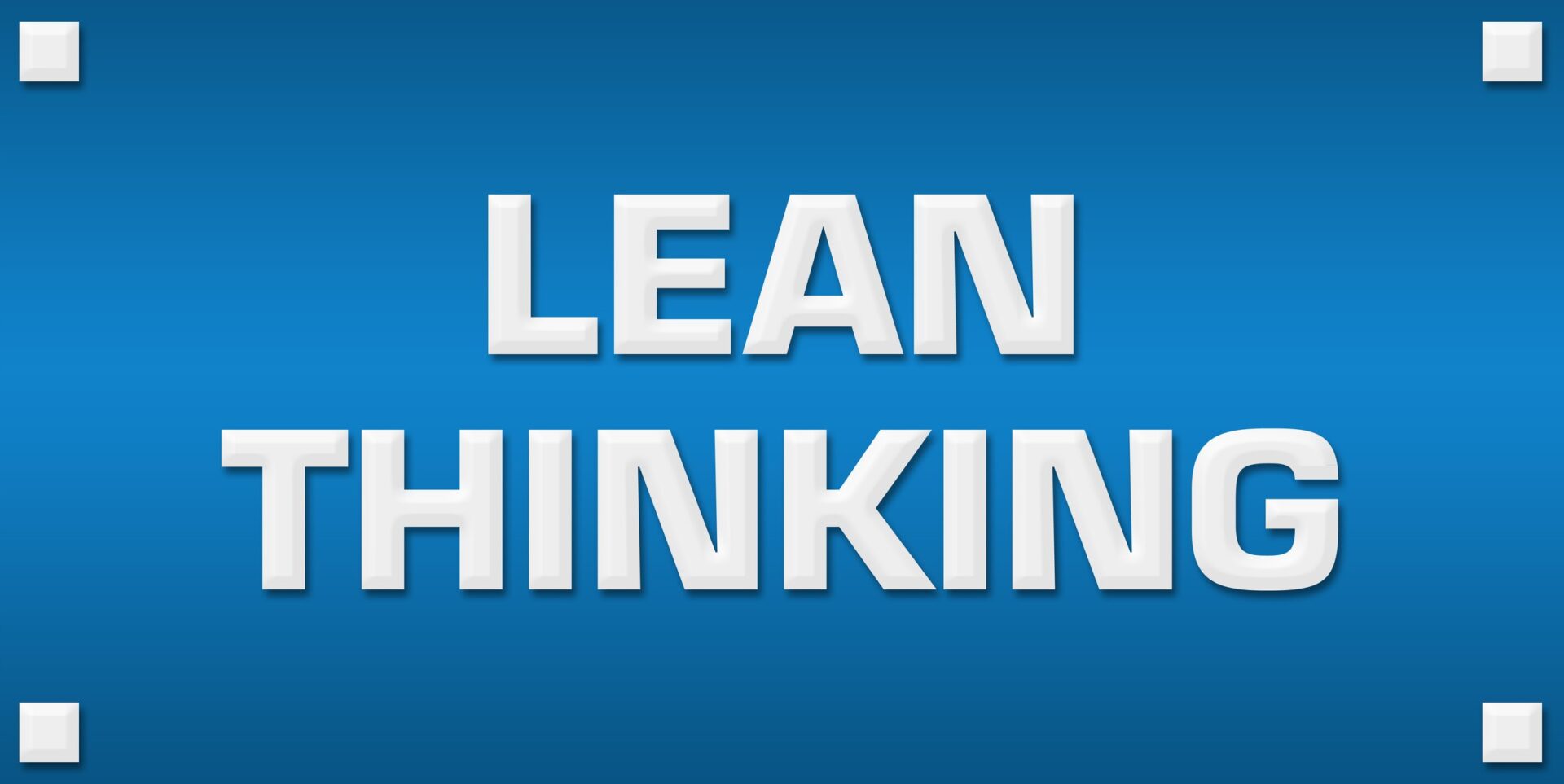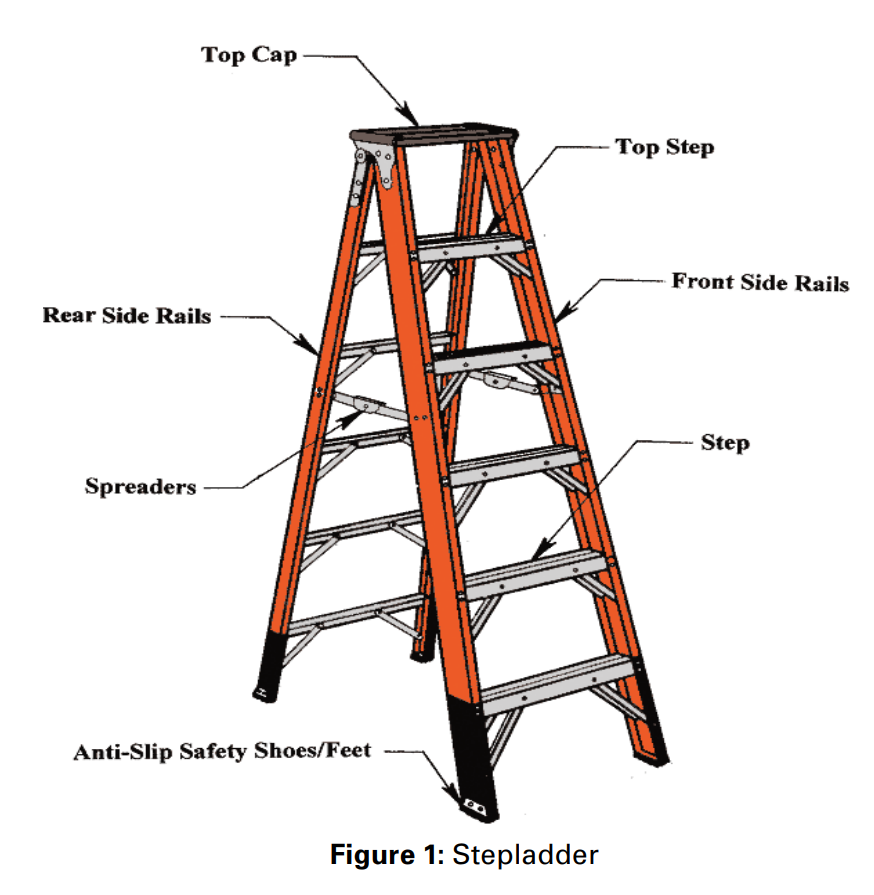Our Inner Environment
by Susyn Reeve, M.Ed.
Indoor Health Council — Member, Upward Mobility Council
As Allen Rathey mentioned in his REDTalk, a systems or holistic approach is required to design and restore our indoor environments to assure the highest levels of health for all.
When thinking about our indoor spaces and their impact on our health it is natural to immediately consider the:
- Chemical components of the cleaning supplies used.
- Frequency of cleaning.
- Ventilation.
- Filtration.
- Sound and noise levels.
- Lighting.
But, this list often does not contain the inner environment of the people who are responsible for both the design and the implementation of healthy indoor spaces.
You may wonder: What do you mean by inner environment? For each of us, our beliefs, our thoughts, our words, and our actions need to be aligned with:
- A clear vision of what a healthy inner and indoor environment is,
- Clarity about our role in contributing and maintaining that environment, and
- An appreciation that every person in the system — from the CEO of an organization to the custodians and janitors — is vital to assure a healthy workplace.
Almost everything that exists in life begins as an invisible idea — whether it is the meal you are going to cook, the vacation you want to take, the relationship you desire, the skills you want to develop, or the invention you’ve been dreaming of. This is true for creating healthy inner or indoor environments, as well.
Often the starting place for change is dissatisfaction with what currently exists. This “ouch” — when we don’t get stuck in complaining — is a wake-up call for a new vision. In terms of inner or indoor space, the vision is a response to: What is a healthy inner or indoor environment? How we do it comes later; even though we often want to jump into action. The specific implementation plan comes after identifying the beliefs, thoughts, words and behaviors that nourish, and keep the vision alive.
A word about beliefs: Beliefs are thoughts that we have thought over and over again, charged with emotional energy, that we trust to be true. In order to change, transform, and evolve, beliefs must be aligned with the result we want to accomplish.
Imagine changing beliefs as a software upgrade of your mind. And, with all upgrades there are times when we are eager to go back to the way it used to be when we could operate on automatic, whether or not the old way was actually satisfying. This means that in the midst of change we are confronted with glitches and obstacles and our old habits resurface.
Here are some beliefs that support a vision of a healthy inner and indoor environment:
- It is possible to create a healthy inner and indoor environment.
- Everyone who works here has a crucial role in bringing this vision to life.
- I am making a contribution to my health and the health of my workplace.
- Change is not a straight line — there may be detours along the way.
- Communication — speaking clearly and directly and listening — is crucial to successfully implement change.
- Stress is part of change.
- Learning how to manage my stress enhances my well-being.
Once your new personal software has been installed you are ready to:
- Gather information.
- Listen to the opinions of people who are involved in leading, managing, planning designing, and implementing the vision.
- Develop a feedback system.





